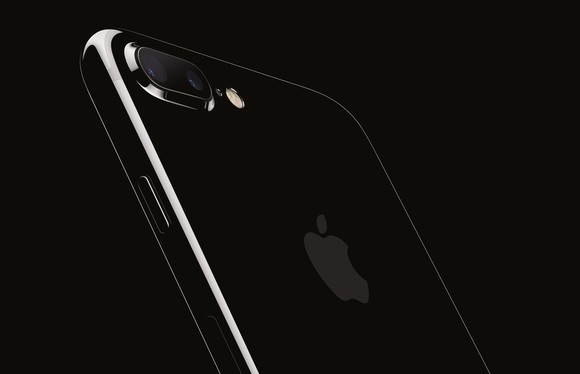Ahead of the launch of Apple's (AAPL 0.64%) hotly anticipated iPhone X, Bloomberg reported that it would include what Apple refers to as a ProMotion display.
ProMotion display technology, which first debuted in the iPad Pros that Apple introduced in mid 2017, is simply Apple's marketing name for a display that can update its contents at a rate of 120 times per second (120 Hertz) -- twice as fast as current iPhone displays can.

Image source: Apple.
Unfortunately, for whatever reason, the technology ultimately didn't make it onto the iPhone X.
Here's why Apple should make it a high priority to bring this technology to next year's iPhone X successors (that's plural because Apple is rumored to be launching a direct successor to this year's iPhone X as well as a larger version of the device).
The race to 120 Hz
Since Apple debuted ProMotion technology on the iPad Pro, it's likely that many (if not all) of the major smartphone manufacturers are racing to overcome the significant technical challenges involved in bringing this technology to their own flagship devices.
Gaming peripheral maker Razer recently announced its first crack at a smartphone, known as the Razer Phone, which included a 120 Hz display. Unfortunately, while the Razer Phone has a display capable of 120 Hz refresh rate, testing by GSMArena showed that the display has a low peak brightness -- less than half that of the iPhone X's display.
However, you can be sure that Apple's major competitors in the smartphone market -- namely Samsung (NASDAQOTH: SSNLF) and Huawei -- are working hard to try to get this technology into their own devices without painful user experience sacrifices.
It simply wouldn't be a good look if a major smartphone vendor beat Apple to the punch.
Why Apple needs to be first
First, the move from a 60 Hz display to a 120 Hz display would be a significant user experience improvement. Devices with higher refresh rate displays simply feel smoother -- it's a game changer.
I think that if Apple can bring this technology to next year's iPhone X models, it could prove to be a huge selling point. Indeed, if a customer uses a next-gen iPhone X with a 120 Hz display in-store, she or he will probably find it uncomfortable to go back to using a phone with a 60 Hz display.

Image source: Apple.
It's a feature that could serve to catalyze iPhone upgrade activity, and it'd be a huge win for Apple if it were first to deliver such an experience on a mass-market smartphone.
If Apple isn't first, then some other smartphone company -- probably either Samsung or Huawei -- will be able to market this important selling point. Apple would, of course, eventually follow, but not before the Android vendors could potentially capture share at Apple's expense.
More generally, there seems to be a perception among some premium smartphone buyers that Android vendors are first to adopt new technologies and form factors and then Apple "copies" those features/characteristics.
Examples of such features include all-screen displays, organic light-emitting diode (OLED) displays, and large-screen displays.
For Apple to maintain and even grow its share of the premium smartphone market in the years ahead, it needs to clearly stake its position as a technology/user-experience innovator. Being the first vendor to ship a bright, color-accurate, high-refresh rate display in a smartphone without sacrificing battery life would certainly help in that pursuit.





